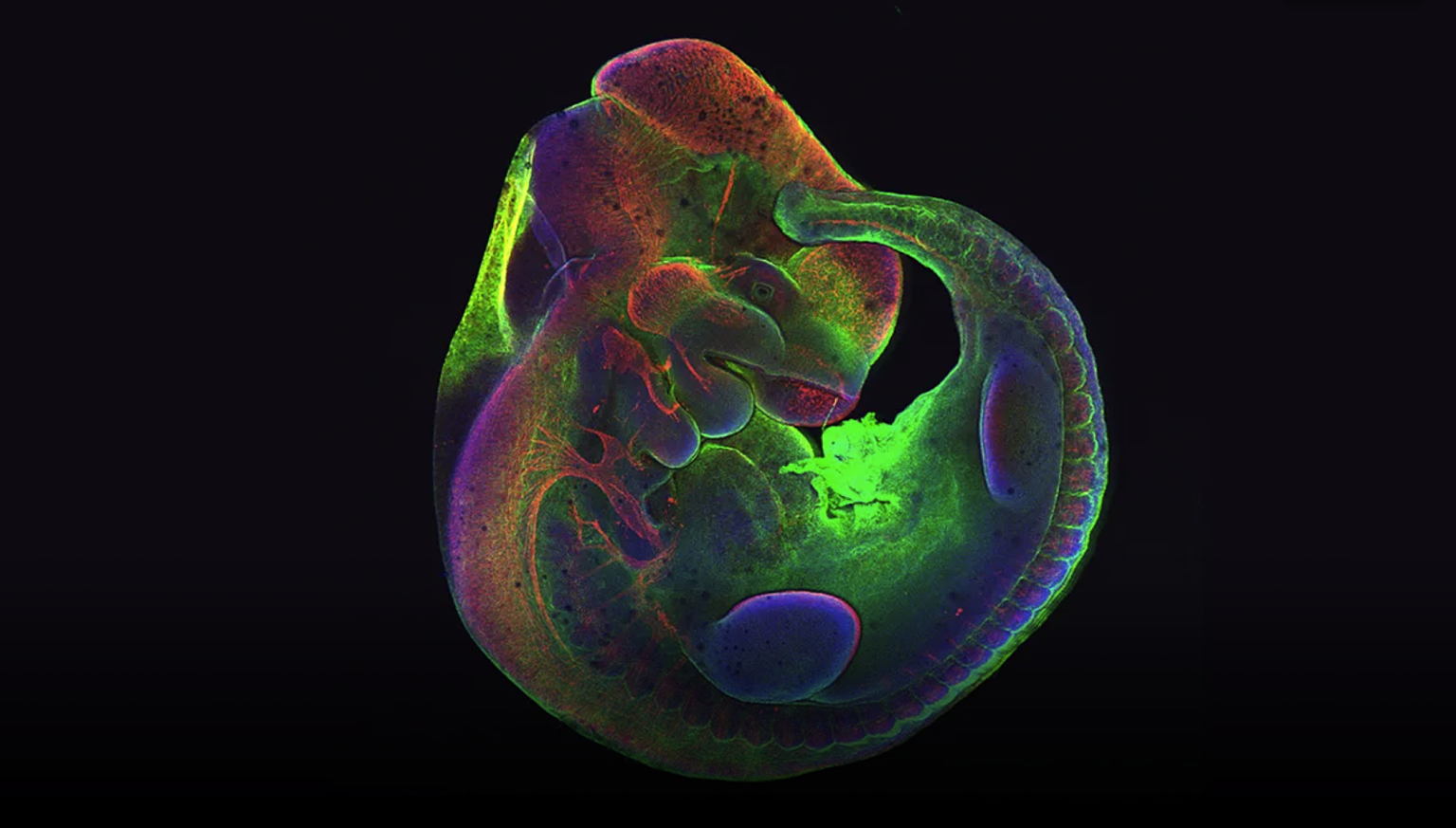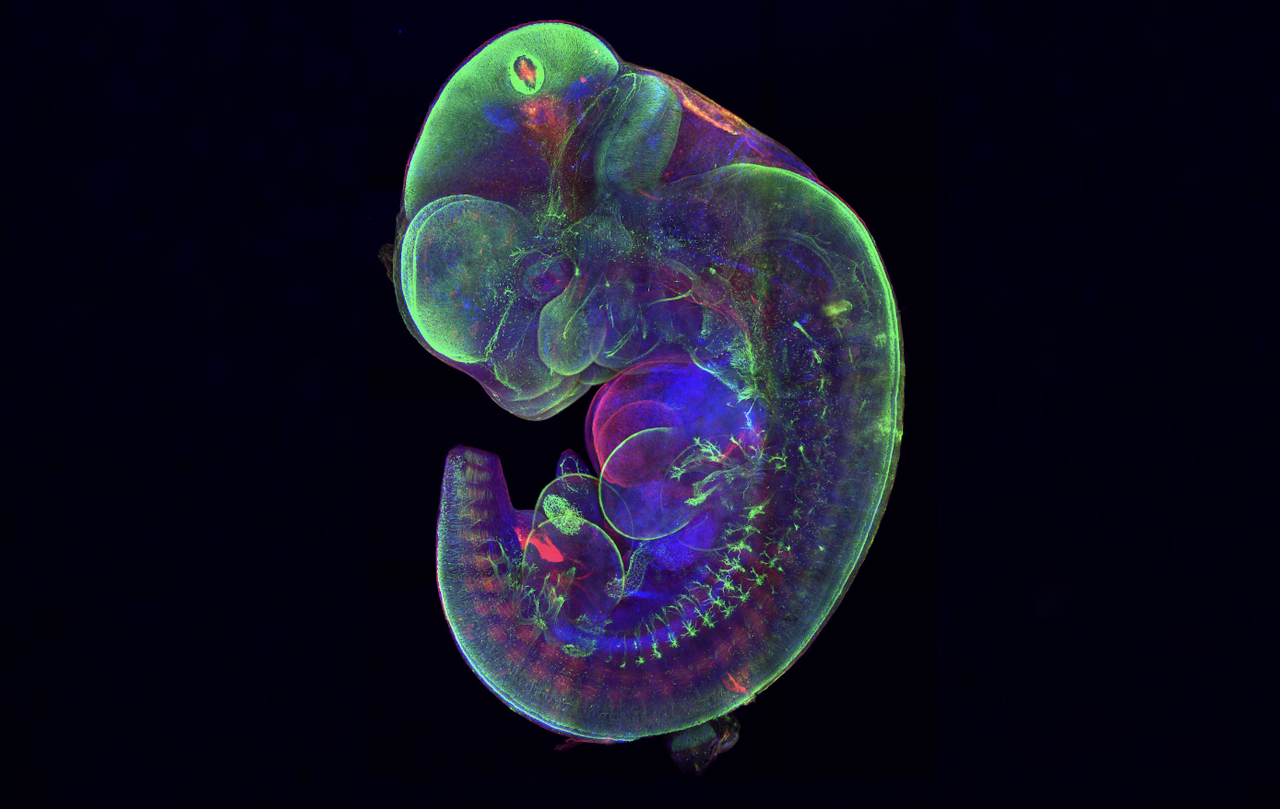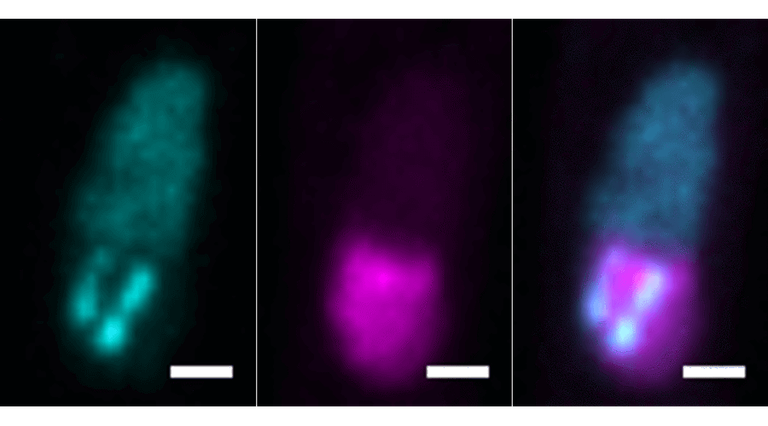Treacher Collins syndrome (TCS) is a rare craniofacial condition characterized by abnormalities of facial cartilage and bone affecting the ears, eyes, cheekbones, and chin. Symptoms can range from mild to severe where some individuals may have difficulties breathing, seeing, and hearing. Most frequently, individuals with TCS have a mutation in a gene involved in forming ribosomes. Disruptions in ribosome production can trigger cell death of critical developmental cells called neural crest cells, many of which migrate to the head and face during early development. While the only available treatments are reconstructive surgery, speech therapy, and hearing aids, Investigator Paul Trainor, Ph.D., is studying the cellular, molecular, and genetic mechanisms implicated in TCS with the hope to uncover ways to reduce its severity and potentially prevent the condition.






